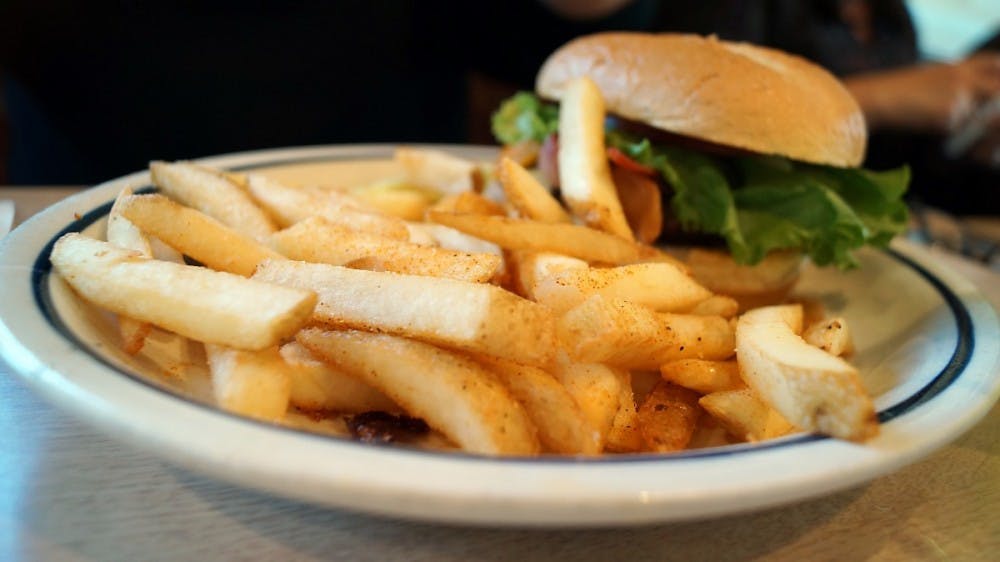According to a recent report published by the Center for Disease Control and Prevention (CDC), America’s obesity rate has once again reached an all-time high. The report was published by statisticians last week and demonstrates that nearly four in ten American adults have body mass indexes (BMIs) in the obese range.
Body mass index is a measure of body fat based on an individual’s height and weight. While it is not a direct measure of body fat, research has shown that BMI is moderately correlated with other body fat measurements and strongly correlated with a person’s metabolism.
BMIs sort individuals into four different categories: underweight, normal, overweight and obese. In order for an individual to qualify as obese, their BMI must be greater than or equal to 30 kilograms per meter squared.
While previous studies have shown America’s obesity rate to have leveled off in the last few years, this new study from the CDC demonstrates that weight control is still a prevalent issue in the United States.
Historically, obesity rates in America have skyrocketed within the past few decades. In 1976 the national survey found that only about 15 percent of adults and 5.5 percent of children were obese.
Even compared to the adult obesity rate of 30.5 percent in 1999 and 2000, the current measure is dramatic, showing a nearly 10 percent increase within the last 16 years.
The study also shows that 19.5 percent of children aged two to 19 meet the BMI criteria for obesity. This is an over five percent increase from the 13.9 percent of obese children at the start of the century.
Statisticians at the CDC broke down the report into a demographic profile as well, finding that about 47 percent of Hispanic and black adults suffer from obesity, compared to 38 percent of whites and 13 percent of Asians.
These findings serve to highlight the continuing racial patterns in obesity trends within the last decade.
In terms of age groups, it seemed that higher obesity rates were correlated with older individuals. While just 14 percent of children aged two to five are obese, the percentage increases to 21 percent for teenagers, 36 percent for younger adults and 43 percent for middle-aged adults.
While there is no clear answer for what is driving America’s obesity crisis, the high obesity rate should not come as a surprise. According to the CDC, 80 percent of American adults fail to meet the national physical activity recommendations.
In addition, 80 percent of American jobs require either light activity or no activity at all. This is a stark comparison to the labor market in the 1960s, when 50 percent of jobs required moderate to intense physical activity.
Physical inactivity is not the only suspect in the obesity problem, diet must also be considered. Americans today eat almost 20 percent more calories than they did in 1980.
When it comes to food quality, Americans are also consuming far more greasy, sugary foods than they have in the past. According to the World Health Organization, fast food sales have correlated with a rise in BMI over the course of the last two decades. Fast food currently makes up about 11 percent of the average American diet.
Public health researchers and clinicians fear that the increasing obesity rate will only come with higher incidences of diabetes and heart disease. According to Eduardo Sanchez, chief medical officer for the American Heart Association, Americans have made progress in the last couple years to reduce deaths caused by cardiovascular disease.
“Part of that is due to treatment. Part of that is due to the tremendous reduction in tobacco use,” Sanchez said, according to ScienceDaily. “But we’ve worried if obesity trends stayed or worsened that some of those gains might be reduced.”

















